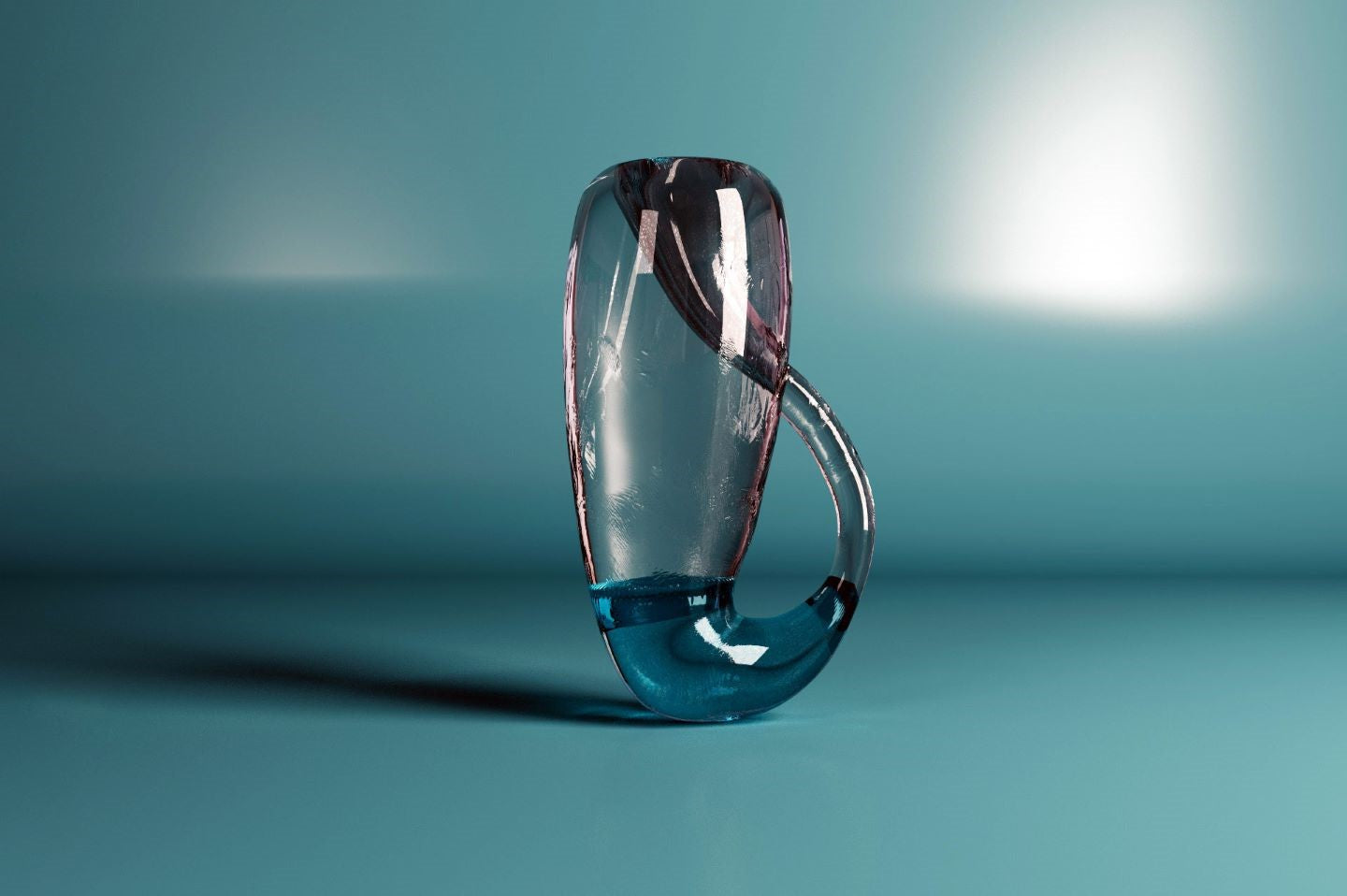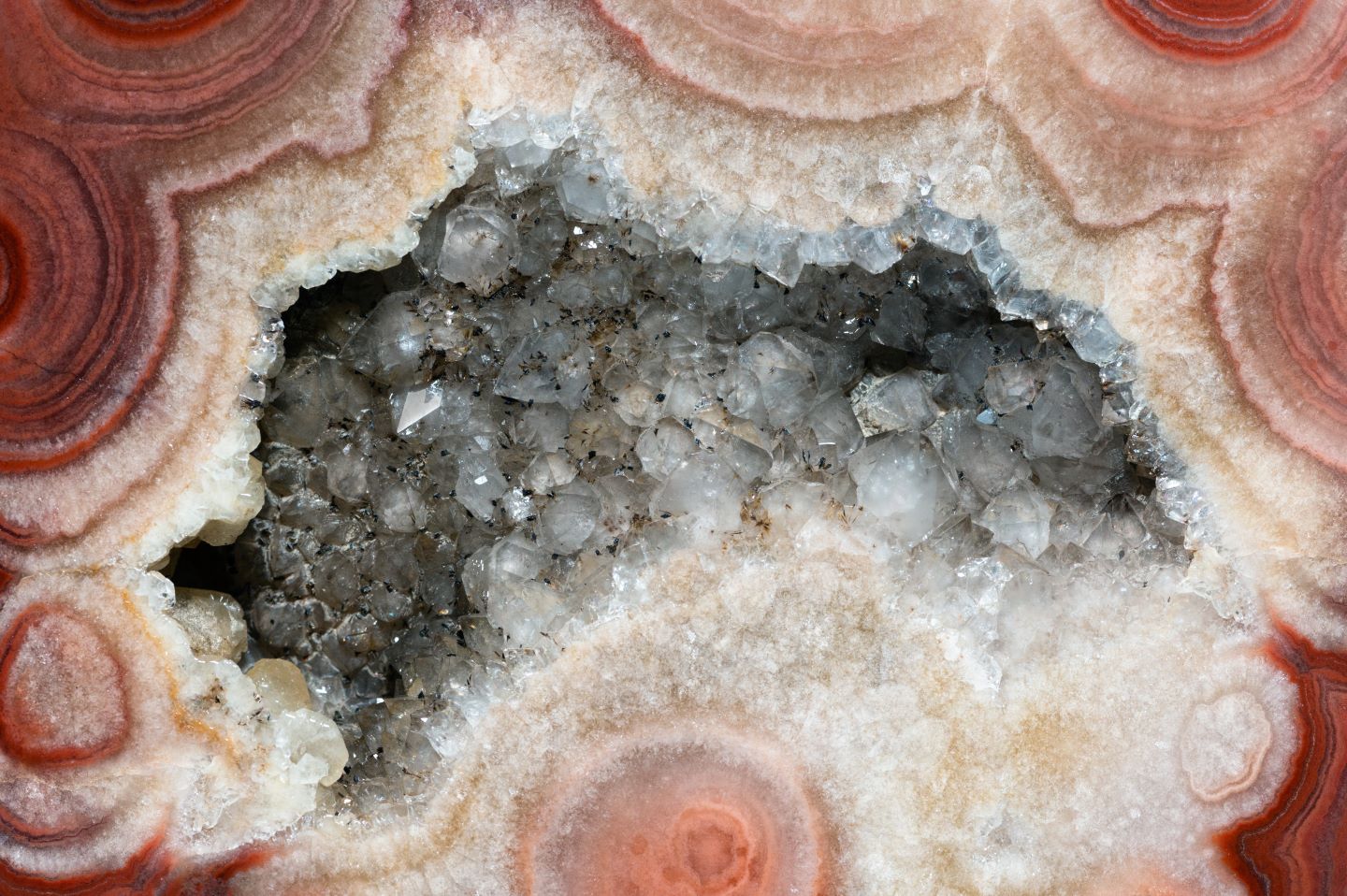Why is it so important ?
A klein bottle is a surface that has no inside or outside. It's like a Möbius strip cut in half and put back together, with a little magic fairy to make it even stranger. If you're not a mathematician, you may be thinking, "So what?" Even if it sounds like gibberish, because we all know what a bottle looks like. Don't we? You might be surprised at how many seemingly simple concepts in mathematics turn out to be difficult to express or prove. And as usual when it comes to mathematics, things can get complicated very quickly. However, we're here to explain everything you need to know about a Klein bottle without getting lost in the details.
What is a Klein bottle ?
A Klein bottle is a surface that has no interior or exterior. It's like a Möbius strip cut in half and put back together, with a little magic fairy to make it even stranger. What is a Möbius strip? It's a surface that has only one side, like the edge of a paper clip. As you can see, it's not a bottle at all. A Klein bottle is also a Möbius strip with the top and bottom sides twisted together.
How do you draw a Klein bottle ?
Let's break it down. The first part we need to understand is how to draw a Möbius strip. If you take a paper clip and twist one end once, then glue the other end, you have a Möbius strip. If you twist it one more time, you get a Klein bottle.
You might need some paper to sketch it out. Once you have the Möbius strip, you need to cut it in half along the center line and glue the two halves together along the edges.
Why is this so important ?
A Klein bottle is an example of a non-orientable surface. This simply means that it has no inside or outside. A surface can be orientable (with an inside and outside) or non-orientable. A Möbius strip, a sphere and a torus are orientable surfaces. A Klein bottle and a real donut are non-orientable surfaces. This may seem like an esoteric detail, but it has important consequences. If you have a model of a Klein bottle, you can turn it upside down to create a Möbius strip. But if you have a Möbius strip, you can't turn it into a Klein bottle. For this reason, if you want to know if a surface is non-orientable, you only need to know two things: the shape of the surface and whether it has holes. If a surface has no holes, it is non-orientable.
Other items that can be found inside a Klein bottle :
Crushed donuts: a Mobius strip pressed into a bottle. A Klein bottle can be turned upside down to create a donut.
Tea bag: a mobius strip with two handles attached. A Klein bottle can be turned upside down to create a bag with a string.
Twins' Fate: a Möbius strip with two ends glued together. A Klein bottle can be turned upside down to create a Möbius strip with two ends glued together.
A tangent: a Möbius strip with the edge of the paper glued to itself. A Klein bottle can be turned upside down to create a Möbius strip with the edge of the paper glued to itself.
The Klein bottle of a Klein bottle: This is a Klein bottle that has been turned upside down and then back again. It is the same as turning a Möbius strip inside out twice.
The math behind the Klein bottle: meeting the requirements.
Can you turn a Möbius strip inside out to create a Klein bottle? It's not easy, but it is possible. Let's start by identifying the parts of the Möbius strip that can be flipped. Now we need to determine what goes where. The first thing to do is to flip the ends of the Möbius strip. This is a little tricky, because we have to do something that is not normally allowed in math. This is when we have to use "imaginary" numbers. These are numbers that do not exist in nature, such as the square root of -1. To put it simply, we need to use imaginary numbers to flip the ends of the Möbius strip. Once we have done that, we can flip the rest of the Möbius strip. This creates a Klein bottle that can be flipped over to create a Mobius strip.
So the Klein bottle and the Mobius strip are the same thing, but the Klein bottle has been turned upside down twice. This means that the Klein bottle is non-orientable, because when we turn it upside down twice, we get a Möbius strip that has neither inside nor outside.
In the end, the math can be daunting, and it's easy to get lost in the details. But it doesn't have to be that way. The Klein bottle is an excellent example of how math is often not what we expect, and how seemingly simple concepts can be difficult to express or prove.





Leave a comment
All comments are moderated before being published.
This site is protected by hCaptcha and the hCaptcha Privacy Policy and Terms of Service apply.